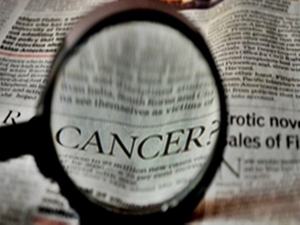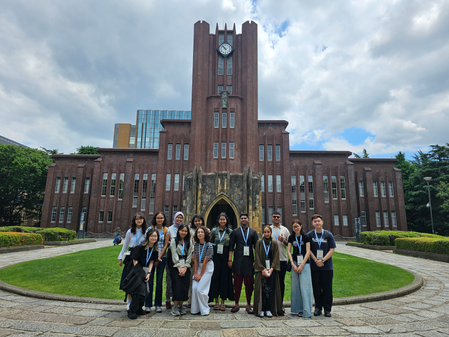New Delhi, 3 February (IANS). The number of new cancer cases and deaths in the South-East Asia region is expected to increase by 85 percent, the World Health Organization gave this information before World Cancer Day on Monday.
World Cancer Day is celebrated every year on 4 February.
“This year’s theme ‘United Bio-Unic’ this year reminds us of fighting against cancer,” said WHO South-East Asia Regional Director Cyma Vajd.
He further said, “WHO gives importance to different experiences of every patient and accepts that health services can be better with the cooperation of doctors, family, friends and society.”
In the year 2022, there were 24 million new cancer cases in the South-East Asia region, including 56,000 children. During this period, 1.5 million people died of cancer.
Wazed said that in all areas of the World Health Organization, the highest number of cases of lips and mouth cancer, cervical cancer and childhood can be found in our region. It is estimated that by 2050, the number of new cancer cases and deaths in the region may increase by 85 percent.
However, in the last few years, many countries of the region have made some progress in cancer control. Lack of tobacco consumption is a major achievement in these. “The use of tobacco is a major cause of cancer, and tobacco int
He said that six countries have made national plans for cancer control, while two countries have included cancer in their non-infectious disease scheme to better manage cancer prevention and control.
Eight countries have started vaccination of Human Papillomavirus (HPV) at the national level.
In addition, 10 countries are adopting global efforts for child cancer control, and special population-based registers have been created to record cancer cases in 7 countries. Advanced level cancer care services are available in 10 countries, reaching 50 percent or more needy patients.
However, there are still many challenges. Cancer control plans are not being followed properly, due to which their effect is decreasing.
The region does not have solid policies to control cancer -causing cancer -like elements.
Vajd said that the lack of national capacity to handle late disease and increasing cancer cases is also becoming a hindrance in cancer control.
-IANS
AS/






